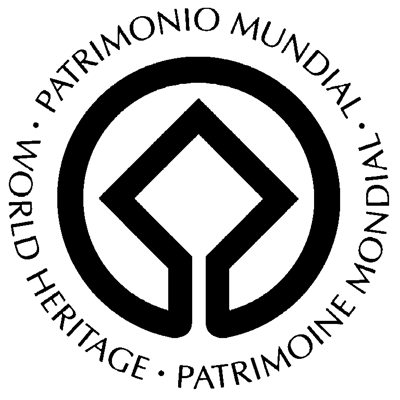Därför tror jag att samtidigt som det är av stor vikt att bevara arvet från historien i Georgetown, även är viktigt att inte förneka att tiderna förändras och acceptera att inte allt som är modernt är av ondo, uta kanske helt enkelt det som gör att det gamla överlever.
I länken nedan kan ni läsa mer om Georgetown och Melaka och om vilka kriterier som UNESCO grundade sig på då de gav städerna världsarvstiteln.
In july 2008, Georgetown was appointed by UNESCO as a World Heritage Site. The title is shared with the southern city of Melaka which, as well as Georgetown, has a rich cultural and structural heritage. The receiving of this title has meant a lot to the preservation of the old buildings and the rich cultural life in Georgetown. Thanks to the title, many people are investing in the city to once again rebuild what has been neglected for many years. Naturally, there are many opinions about this investment and how the reconstruction of the city looks like today. Some people think that the city simply must be preserved exactly as it previously looked like and not give the town any contemporary features that did not exist in the past. This for example may be the installation of washing machines in the houses, which of course, didn't exist in the past. Others believe that one should be allowed to do whatever changes of the houses that they would want to or renovate and use the houses as they see fits their purpose or business agenda. For me, my standpoint is a bit in between these views. I think that you should renovate the houses according to the guidelines that are given and try to restore the buildings to their former glory. However , I feel that only conservation of the houses without the slightest modernities from today doesn't give a fair picture of the greatness of these houses. With conservation only, there is a risk that the houses becomes just like museums without life or pulse and that people and the life of Georgetown, eventually will disappears. But at the same time, if you have a free hand to renovate anyhow you feel fits and without any guidelines, then the character and origin of the houses will entirely disappear. I think the ideal would be to renovate the buildings to what they once were, but at the same time make the houses available for businesses and lifestyles that we currently have in the modern society. Because even if it feels sad that it is usually money and capital gain that determines the shape of a city, you can not deny that the increased value of the houses and a more flexible use of them, increases the chance of the houses to remain in Georgetown for many centuries to come. An example of this in Sweden is the old town of Stockholm. This is an old neighborhood that has a history dating back to the 13th century. Today the houses in the old town are renovated in a very good condition and it is the part of Stockholm that attracts the most tourists. It is also an area where many people dream of living but that few people can actually afford. In the lower premises of the houses there are many restaurants, shops and cafes which give the town its pulse and makes it attractive for both Swedes and tourists. If these houses and premises would only be used as referred to the 13th century way of living and doing businesses, I believe the city would be pretty deserted today. I mean, no one wants to stay in the Old Town without toilets and running water and throw their feces down the streets as they did then. Nor do people who invest their heart and soul into the houses in Georgetown want to live without being able to wash their clothes in a washing machine.
Therefore, I believe that while it is vital to preserve the legacy of history in Georgetown, it is also important not to deny that times do change and accept the fact that not everything that is modern is bad, but perhaps simply, the very reason why history survives.
In the link below you can read more about George Town and Melaka. There you can also read about the criteria that UNESCO was based on when they gave the two cities the World Heritage title.
http://whc.unesco.org/en/list/1223


Inga kommentarer:
Skicka en kommentar